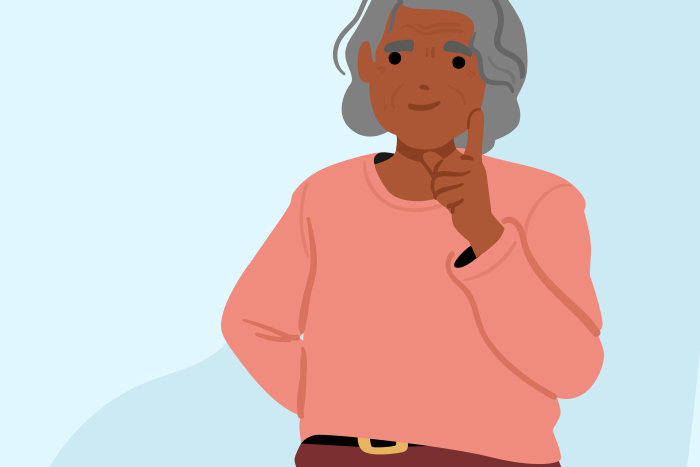Understanding Chronic Obstructive Pulmonary Disease (COPD)
If you or a loved one has been diagnosed with chronic obstructive pulmonary disease (COPD), you may have a lot of questions. COPD is a long-term lung disease that makes it hard to breathe, and many people don’t fully understand what it is or how to manage it. The good news is that learning about COPD can help you take charge of your health and feel more in control.
This guide will walk you through the basics of COPD, including its causes, symptoms, possible complications, treatments, and lifestyle changes that can help you breathe easier.
What is COPD?
COPD stands for chronic obstructive pulmonary disease. It includes two main conditions: chronic bronchitis and emphysema. These conditions cause inflammation in the lungs and block airflow, making breathing difficult.
Chronic Bronchitis: This condition causes long-term inflammation of the airways, leading to a persistent cough with mucus production.
Emphysema: This condition damages the tiny air sacs (alveoli) in the lungs, making it harder for oxygen to enter the bloodstream.
COPD is a progressive disease, which means it worsens over time. However, with the right care and lifestyle changes, you can slow down its progression and improve your quality of life.
What causes COPD?
Several factors can lead to COPD, but the most common causes include:
Smoking: The biggest risk factor for COPD is smoking. Long-term exposure to cigarette smoke damages the lungs, making it harder to breathe.
Air Pollution and Workplace Irritants: Exposure to dust, chemicals, and air pollution over time can harm the lungs.
Genetics: Some people inherit a rare genetic condition called Alpha-1 Antitrypsin Deficiency, which can lead to COPD even if they’ve never smoked.
Symptoms of COPD
COPD symptoms often develop slowly, and many people mistake them for normal signs of aging. Common symptoms include:
Ongoing cough (often called “smoker’s cough”)
Shortness of breath, especially during physical activity
Wheezing
Tightness in the chest
Increased mucus (phlegm) production
As COPD progresses, these symptoms can worsen and may interfere with daily activities.
How is COPD diagnosed?
If you have symptoms of COPD, your doctor may use several tests to diagnose the condition, including:
Spirometry Test: This breathing test measures how much air you can inhale and exhale and how quickly you can do it.
Chest X-ray or CT Scan: These imaging tests help rule out other lung conditions.
Blood Tests: These may check oxygen levels in your blood.
Complications of COPD
COPD can lead to other health problems if not managed properly. Some common complications include:
Respiratory Infections: People with COPD are more prone to colds, flu, and pneumonia.
Heart Problems: COPD can increase the risk of heart disease.
Lung Cancer: Long-term lung damage increases the chances of developing lung cancer.
Depression and Anxiety: Struggling to breathe can make daily life stressful, leading to mental health concerns.
COPD Treatment Options
There is no cure for COPD, but treatments can help manage symptoms and improve breathing. Common treatments include:
Medications: Inhalers (bronchodilators) help open airways, and steroids reduce inflammation.
Oxygen Therapy: For severe COPD, oxygen therapy can help ensure your body gets enough oxygen.
Pulmonary Rehabilitation: This is a special exercise and education program that helps improve lung function and overall well-being.
Surgery: In very severe cases, procedures like lung volume reduction surgery or a lung transplant may be considered.
Lifestyle Changes to Manage COPD
Living with COPD means making some adjustments, but small changes can make a big difference. Here are some ways to manage the disease:
Quit Smoking: This is the most important step. It’s never too late to quit, and doing so can slow COPD’s progression.
Stay Active: Gentle exercise, like walking or stretching, can help strengthen your lungs.
Eat a Healthy Diet: Nutritious foods give your body the energy it needs to function well.
Avoid Triggers: Stay away from cigarette smoke, air pollution, and strong chemicals.
Practice Breathing Exercises: Techniques like pursed-lip breathing can help you breathe more efficiently.
Get Vaccinated: Flu and pneumonia vaccines can help prevent infections that can worsen COPD.
COPD can feel overwhelming, but understanding your condition is the first step to taking control. By making healthy choices and following your doctor’s recommendations, you can manage COPD and continue to live a fulfilling life.
If you have symptoms of COPD, talk to your doctor. Early diagnosis and treatment can make a big difference.
Sources:
National Heart, Lung, and Blood Institute: What is COPD?
Centers for Disease Control & Prevention: Chronic Obstructive Pulmonary Disease (COPD)

